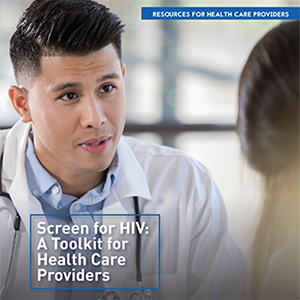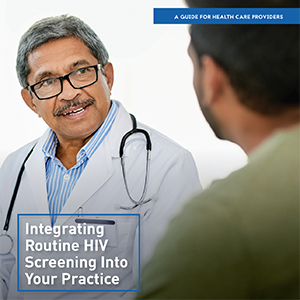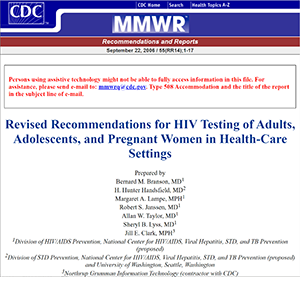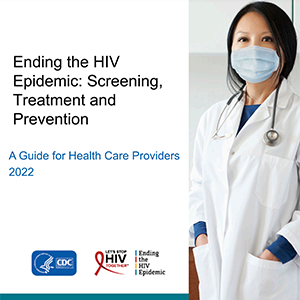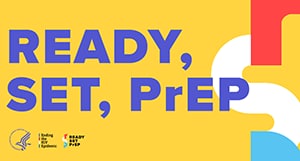Screening for HIV
HIV crosses the boundaries of sexual orientation, gender, age, and ethnicity, and risk-based testing can fail to identify many people with HIV. Explore this page to make routine HIV screening the standard of care in your practice.
1 in 8 people
with HIV don’t know they have the virus.1
Fewer than 40%
of U.S. adults had ever been tested for HIV as of 2016–2017.2
158,500 people with HIV
were undiagnosed at the end of 2019.1
All people between the ages of 13 and 64 should be tested for HIV at least once as part of routine health care, and those at ongoing risk should be tested more frequently. Read more about CDC’s HIV Screening Guidelines.
Despite seeing a primary care provider, approximately 75% of people at ongoing risk for HIV are not getting tested every year.3 The graph below shows the percentages of people at risk who were not tested in the last year.

1Centers for Disease Control and Prevention. Estimated HIV incidence and prevalence in the United States, 2015–2019. HIV Surveillance Supplemental Report. 2021;26(1). https://www.cdc.gov/hiv/pdf/library/reports/surveillance/cdc-hiv-surveillance-supplemental-report-vol-26-1.pdf
2Pitasi MA, Delaney KP, Brooks JT, DiNenno EA, Johnson SD, Prejean J. HIV testing in 50 local jurisdictions accounting for the majority of new HIV diagnoses and seven states with disproportionate occurrence of HIV in rural areas, 2016–2017. MMWR Morb Mortal Wkly Rep. 2019;68(25):561–567. https://www.cdc.gov/mmwr/volumes/68/wr/mm6825a2.htm
3Dailey AF, Hoots BE, Hall HI, et al. Vital Signs: human immunodeficiency virus testing and diagnosis delays — United States. MMWR Morb Mortal Wkly Rep. 2017;66(47):1300–1306. https://www.cdc.gov/mmwr/volumes/66/wr/mm6647e1.htm
